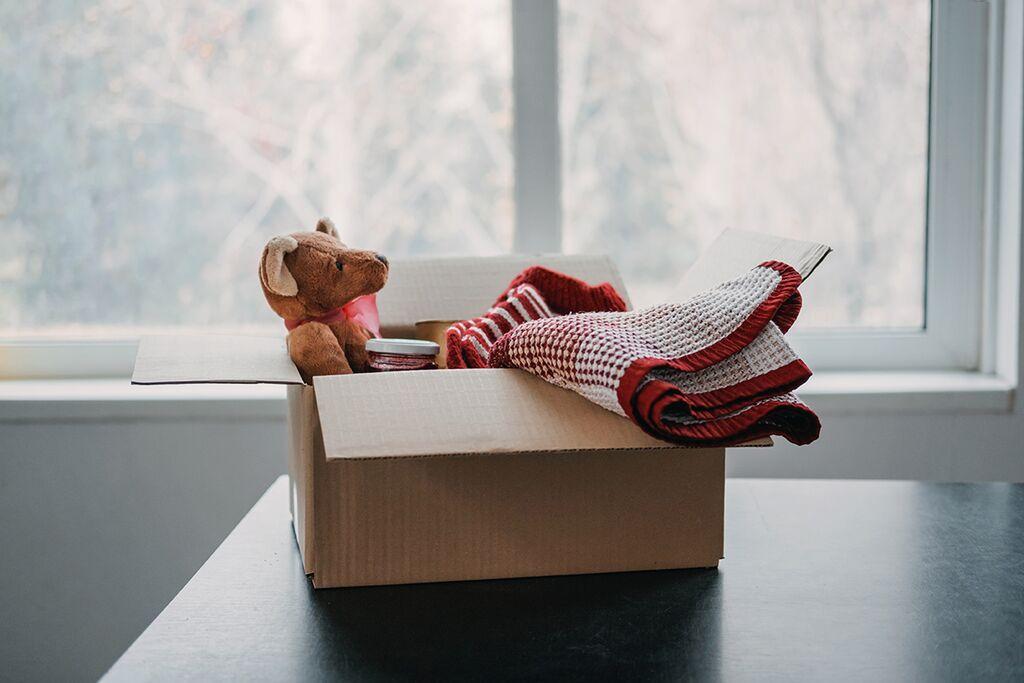
Teaching Generosity to Preschool Kids through a Family Food Drive
Teaching young children about generosity and empathy is a wonderful way to instil values that will stay with them throughout their lives.
Starting a family food drive is a practical way to help those in need and a hands-on giving-back lesson. Here's how you can teach kindergarten kids about generosity through a family food drive:
1. Introduction to Giving: Begin with a simple, age-appropriate conversation about helping others. Explain that some families may not have enough food to eat, and we can do something kind to help them.
2. Storytelling: Share a children's story or create a story that illustrates sharing and helping those in need. This can capture their imagination and make the idea of giving more relatable.
3. Explaining the Food Drive: Explain to the kids that your family will organize a food drive. Describe it as a special project where you collect food items to give to families who might not have enough to eat.
4. Choosing the Cause: Discuss where the collected food will go. You could choose a local food bank, a shelter, or families in your community who could benefit from the donations.
5. Making Lists: Involve the kids in making a list of non-perishable food items that are needed. Keep it simple and include items like canned vegetables, pasta, rice, canned fruits, and cereal.
6. Shopping Together: Take the children shopping with you to buy the items on the list. Explain that these items will help families have nutritious meals.
7. Decorating Collection Boxes: Let the kids use their creativity to decorate collection boxes with colourful markers, stickers, and drawings. These boxes will be used to collect the donated food items.
8. Spreading the Word: Encourage the kids to talk to friends, neighbours, and other family members about the food drive. They can explain what they're doing and ask if they'd like to contribute.
9. Tracking Progress: Create a simple chart or graph that the kids can help fill in as donations come in. This helps them visually see the impact of their efforts.
10. Sorting and Donating: When you have collected enough items, involve the kids in sorting and packing the food. Talk about how each item will help someone have a meal.
11. Delivery Day: If possible, take the kids with you when you deliver the donated food to the chosen organization. This shows them first-hand the difference they've made.
12. Reflection and Celebration: After the food drive is complete, gather the kids for a reflection session. Talk about what they learned, how it felt to help others, and why generosity is important.
13. Thank You Cards: Help the kids create simple thank you cards to express gratitude to those who contributed to the food drive.
14. Continuation: Generosity is a value that can be nurtured year-round. Discuss with the kids how you can continue to help others in different ways throughout the year.
By involving kindergarten kids in a family food drive, you're teaching them not only about generosity but also about the power of collective effort to make a positive impact on their community. This hands-on experience will leave a lasting impression and inspire them to be compassionate and giving individuals as they grow.